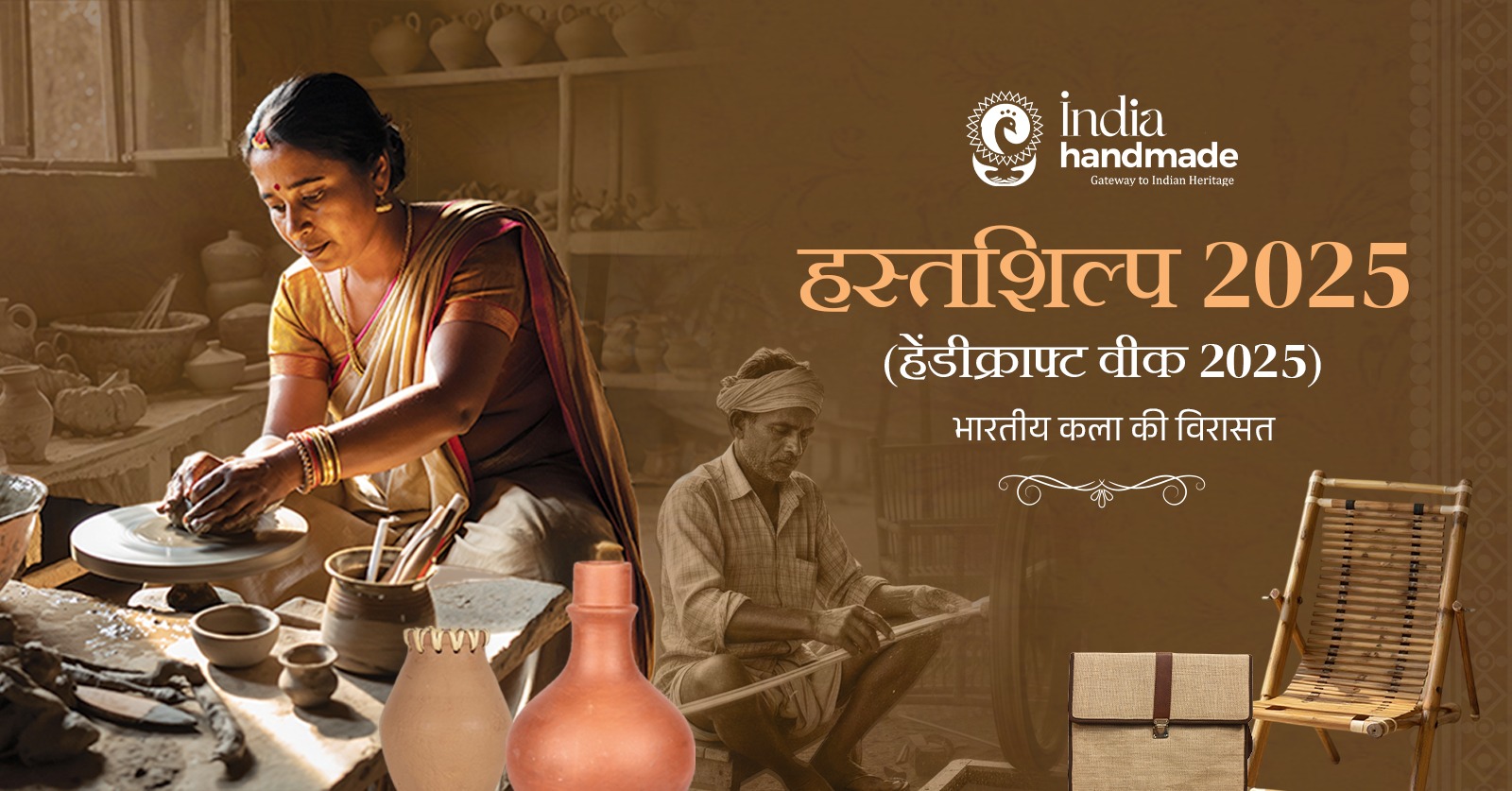
National Handloom day is being celebrated annually on August 7th, National Handloom Day honours the rich heritage and vibrant legacy of India's handloom industry. This day is a reminder of the cultural and economic significance of handloom weaving in India, a tradition that has been passed down through generations. In 2024, as we commemorate this day, it's essential to reflect on the continued importance of handlooms in our modern world, both as a symbol of our heritage and as a sustainable fashion choice.
The Historical Significance of Handloom
Handloom weaving in India dates back thousands of years, playing a crucial role in the country's social and economic fabric. Historically, it has been an integral part of rural livelihoods, with each region developing its unique weaving styles and techniques. From the intricate patterns of Banarasi sarees to the vibrant hues of Kanjeevaram, each handloom product tells a story of its origin, culture, and craftsmanship. National Handloom Day serves as a tribute to these artisans and their invaluable contributions to India's cultural tapestry.
Handloom in Modern Fashion
In recent years, there has been a growing appreciation for handloom products in the fashion industry. Designers and consumers alike are recognizing the unique qualities of handloom fabrics – their texture, durability, and the story they tell. Handloom garments are not just fashion statements; they are a celebration of heritage and an endorsement of sustainable fashion. Unlike mass-produced textiles, handloom products are eco-friendly, often made using natural dyes and sustainable materials, making them an excellent choice for the environmentally conscious consumer.
Economic Impact and Empowerment
The handloom sector is a significant source of employment in rural India, providing livelihoods to millions of weavers and artisans. By supporting handloom products, we contribute to the economic empowerment of these communities. The government's initiatives on National Handloom Day aim to promote and sustain this sector, ensuring that traditional skills are preserved and passed onto future generations. Investing in handloom not only supports local economies but also fosters a sense of pride and identity among artisans.
The Role of Handloom in Sustainable Development
As the world grapples with the environmental impact of fast fashion, handloom emerges as a sustainable alternative. The production of handloom fabrics involves minimal use of electricity and water, significantly reducing the carbon footprint. Furthermore, handloom products are often biodegradable, reducing textile waste. By choosing handloom, consumers can make a positive impact on the environment while supporting ethical fashion practices.
Challenges and the Way Forward
Despite its cultural and economic significance, the handloom sector faces numerous challenges. Competition from power looms, changing consumer preferences, and the lack of access to modern markets are some of the hurdles that need to be addressed. National Handloom Day 2024 is an opportunity to renew our commitment to this sector. By leveraging technology, providing training, and creating market linkages, we can ensure the handloom industry thrives in the modern era.
National Handloom Day is more than just a celebration of our cultural heritage; it's a call to action to support and sustain the handloom industry. As we mark this day in 2024, let us appreciate the artistry and craftsmanship of our weavers, recognize the economic and environmental benefits of handloom, and commit to preserving this invaluable heritage for future generations. By choosing handloom, we are not just making a fashion statement; we are making a statement of values, sustainability, and cultural pride.
In celebrating National Handloom Day 2024, we honour the past, enrich the present, and ensure a sustainable future. Let us wear our heritage with pride and make handloom an integral part of our modern lifestyle.





